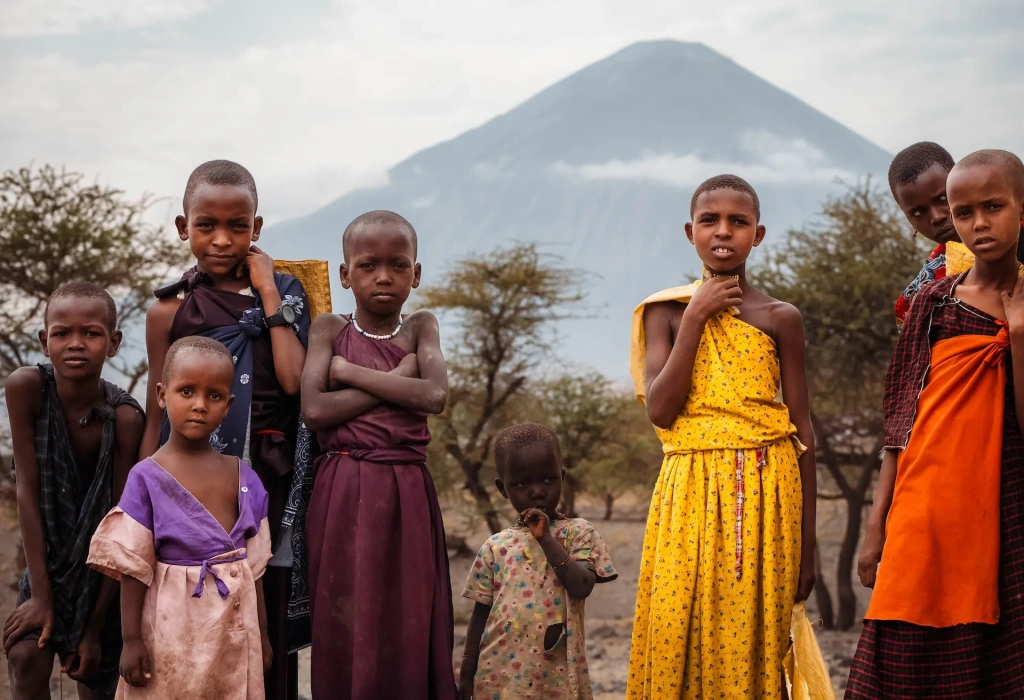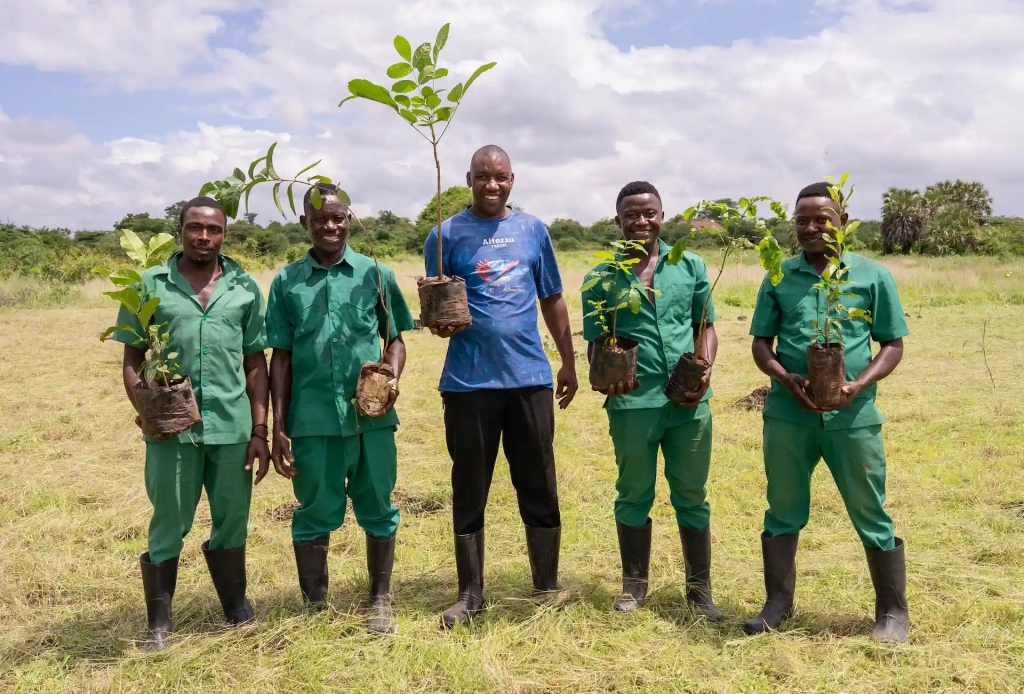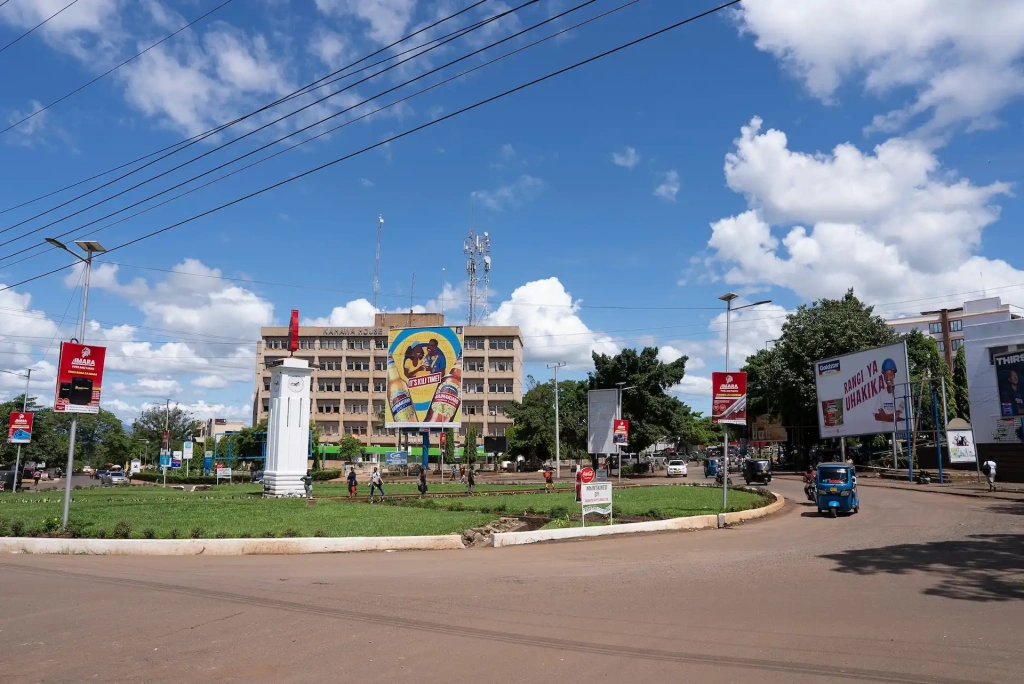Here you can just as easily find traditional tribes and successful startups, villages without electricity, luxury hotels and bustling cities. Welcome to Tanzania — a country that is currently battling unemployment, yet showing rapid economic growth and warmly welcoming millions of tourists from all over the world. Is Tanzania really a poor country? What progress has it made in recent years? And how comfortable is life and travel here today? Find out in this article by Altezza Travel.
Facts and figures – Is Tanzania poor?
According to the international analytics platform DataReportal, Tanzania's population at the start of 2025 was 69.5 million, with a median age of 17.5 years. On one hand, a young population represents growth potential. Experts predict that by 2050, the population could reach 114 million, doubling the labor force and pushing urbanization from 30% to 60%. On the other hand, this is a challenge that will require creating new jobs and developing infrastructure and education systems.
According to the World Bank, in 2024, Tanzania’s GDP per capita was approximately (based on purchasing power parity). For comparison, Kenya’s figure was around Int$5,823, and Uganda’s was about Int$2,882.
These figures place Tanzania in the category of lower-middle-income countries. Yet the country’s economic growth over the past two decades has been among the fastest in the region. Since the early 2000s, annual GDP growth has averaged between 6% and 7%, and in some years reached 7.5%. This is largely due to growth in tourism, mining (especially gold and natural gas), and agriculture.
Today, Tanzania is steadily increasing foreign investment, improving the business climate, and expanding infrastructure: new roads, power grids, ports, and railways are being built. Significant attention is being paid to renewable energy, which is especially important for improving electricity access in remote areas. For example, according to the National Bureau of Statistics of Tanzania (NBS), the share of households connected to the national grid on the mainland rose from 32.8% in 2016–2017 to 45.8% in 2021–2022. This means that in the past 6 to 7 years, over 2 million households have gained electricity access.
Despite this progress, about 42% of the population still lives below the international poverty line of $3 per day. Many Tanzanians face severe shortages of basic needs — food, clean water, housing, and medical care.
However, in recent years, Tanzania has begun actively developing its digital economy and launching education initiatives aimed at improving literacy and vocational training for youth. This is part of a broader national strategy — “Tanzania 2025” — focused on raising the country to middle-income status.
Life of ordinary Tanzanians
For most Tanzanians, life in 2025 remains challenging. Agriculture is the backbone of the economy, employing more than 65% of the population. Most farmers still lack access to modern agro-industrial technologies and financing, which limits productivity and income. Nonetheless, agriculture ensures food security and a large share of export revenue for the country.
Education levels in Tanzania have improved significantly: over 90% of children now receive primary education. This means 9 out of 10 children attend primary school. However, the quality of education, especially in rural areas, remains low. Many schools lack teachers and funding.
The healthcare situation is also mixed. Access to medical services has expanded, especially through programs targeting malaria, HIV/AIDS, and child mortality. But many hospitals still suffer from medicine shortages.
As for infrastructure, Tanzania has made major progress in the past 10 to 20 years. Roads have improved, mobile network coverage has expanded (nearly 70% of the population now has access to mobile internet), and household electricity coverage has increased, as mentioned above. All of this is transforming daily life for ordinary people, creating new opportunities to earn income, launch businesses, and pursue education.
Tourism — a driving force of Tanzania’s economy
In the past 10 years, tourism has become one of Tanzania’s main economic engines, contributing significantly to GDP and creating millions of jobs. In 2024, the country welcomed a record 5.36 million tourists — already surpassing the government’s goal of 5 million by 2025. This surge in popularity is largely thanks to the government’s efforts to develop tourism infrastructure and partnerships with tour operators.
Tourism revenues in 2024 reached $3.9 billion, nearly triple the 2021 figure of $1.3 billion. As a result, tourism’s contribution to GDP grew from 16.4% to 17.2%.
Among the most popular destinations are Serengeti National Park, which alone received nearly 590,000 visitors in 2024, and Mount Kilimanjaro — a magnet for high-altitude trekking enthusiasts. The number of climbers increased by 13.4% last year, reaching nearly 60,000 people. Zanzibar’s scenic beaches also saw major growth, attracting more than 736,000 tourists in 2024, up 15.4% from the previous year.
As Tanzania moves toward sustainable growth and prosperity, it inevitably faces challenges. But the government is making strong efforts not just to solve current problems, but to prevent future ones. As a result, forecasts remain optimistic: by 2034, tourism’s contribution to the economy is expected to rise to $12.5 billion, and jobs in the sector may increase to 2.25 million.
All content on Altezza Travel is created with expert insights and thorough research, in line with our Editorial Policy.
Want to know more about Tanzania adventures?
Get in touch with our team! We've explored all the top destinations across Tanzania. Our Kilimanjaro-based adventure consultants are ready to share tips and help you plan your unforgettable journey.





















